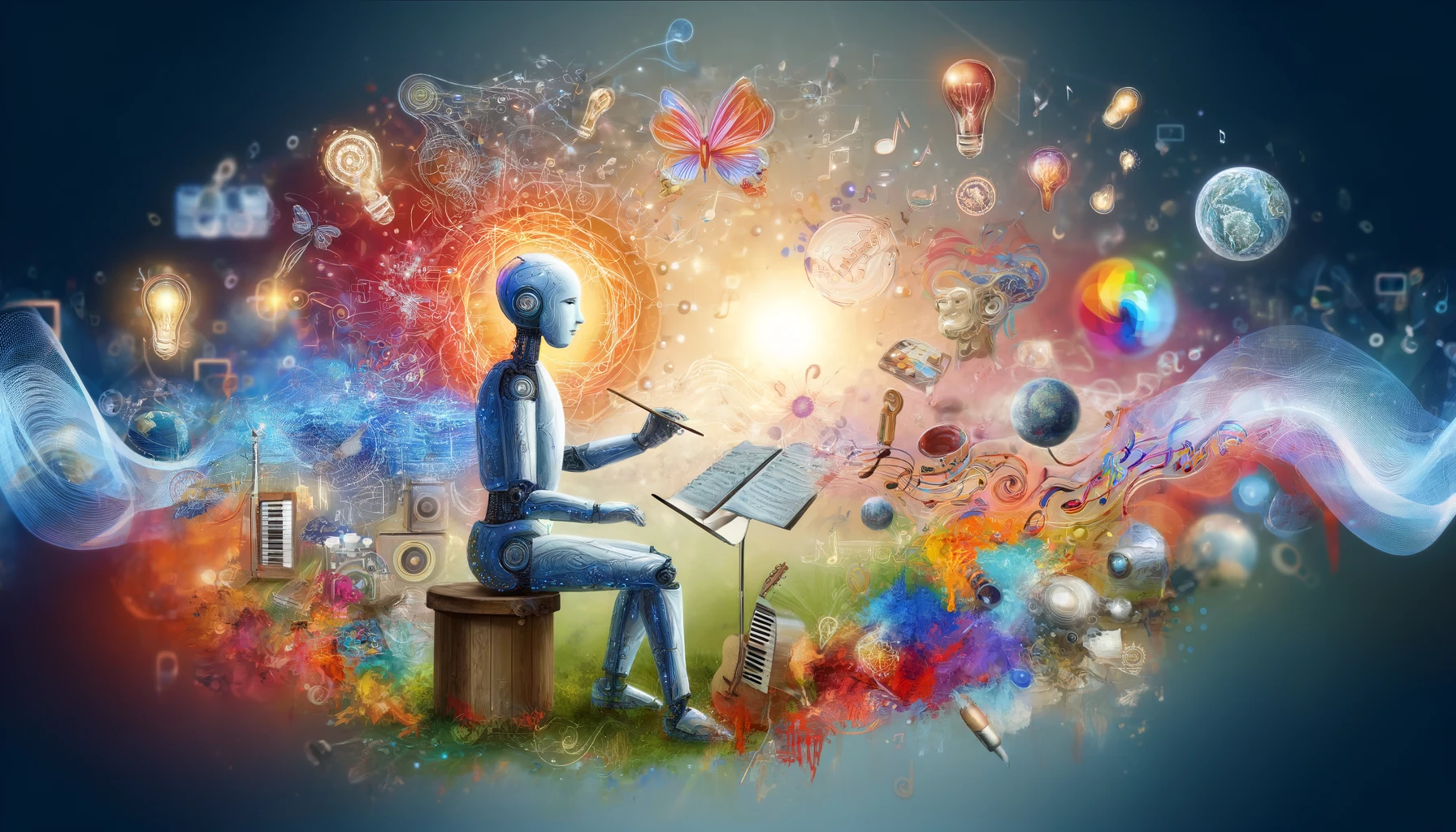The elusive holy grail of true AI-generated creativity – a topic that has fascinated and frustrated many in the field. Can machines truly create like humans? Or are we stuck in a never-ending loop of pattern recognition and algorithmic iteration?

Creativity: The Unattainable Goal?
The pursuit of true AI-generated creativity is a tantalizing prospect, but one that has proven elusive thus far. Despite significant advancements in AI’s ability to generate creative content – think music, art, and writing – there remains a gap between human and machine creativity that we’ll explore.
Human Creativity: The Unmatched Standard
Philosophers and psychologists have long debated the nature of human creativity. At its core, creativity involves imagination, innovation, and originality. It’s the ability to combine disparate ideas, challenge conventional wisdom, and create something truly novel. Human creativity is an art form that AI has yet to replicate.
As renowned psychologist Mihaly Csikszentmihalyi once said, “Creativity is a central source of meaning in our lives…most of the things that are interesting, important, and human are the results of creativity.” This sentiment emphasizes the unique nature of human creativity and its significance in shaping our world.
Current State of AI-Generated Creativity
Current AI models have made impressive strides in generating creative content. Generative Adversarial Networks (GANs) and Transformers have enabled AI systems to produce music, art, writing, and even video games that rival human creativity. However, these achievements are often based on patterns and conventions rather than innovation.
For example, OpenAI’s GPT-3 language model has demonstrated remarkable fluency in generating text indistinguishable from human writing. Yet, as AI researcher Janelle Shane points out, “GPT-3 is great at mimicking the surface features of a style or genre, but it doesn’t understand what makes that style unique.”
Limitations of Current AI-Generated Creativity
Lack of nuance and emotional depth, over-reliance on patterns and conventions, and limited capacity for abstraction and intuition are some of the limitations of current AI-generated creativity. These shortfalls highlight the need for more diverse and representative datasets for AI learning.
As Shane notes in her book “You Look Like a Thing and I Love You,” AI systems often struggle with understanding context, humor, and cultural references that humans take for granted. This limitation is evident in AI-generated artworks like those produced by Google’s DeepDream, which tend to create abstract patterns rather than coherent images.
Challenges to Achieving True AI-Generated Creativity
Several challenges must be addressed before we can achieve true AI-generated creativity: cognitive bias and confirmation bias in human-created data used for training AI models, limited capacity for abstraction, intuition, and meta-cognition in current AI systems, need for more diverse and representative datasets, and ethical considerations.
One potential solution to these challenges is the development of self-supervised learning algorithms that can explore their environment through curiosity-driven mechanisms. As Google Brain researcher
Takeaways
- The pursuit of true AI-generated creativity remains elusive.
- Human creativity is unique and significant, involving imagination, innovation, and originality.
- Current AI models can generate creative content based on patterns and conventions but lack the understanding and depth of human creativity.
- Limitations in current AI systems include a lack of nuance and emotional depth, over-reliance on patterns and conventions, and limited capacity for abstraction and intuition.
- More diverse and representative datasets are needed to improve AI learning and understanding.
- Addressing challenges such as cognitive bias, confirmation bias in training data, need for more diverse datasets, and the development of self-supervised learning algorithms may contribute to achieving true AI-generated creativity.